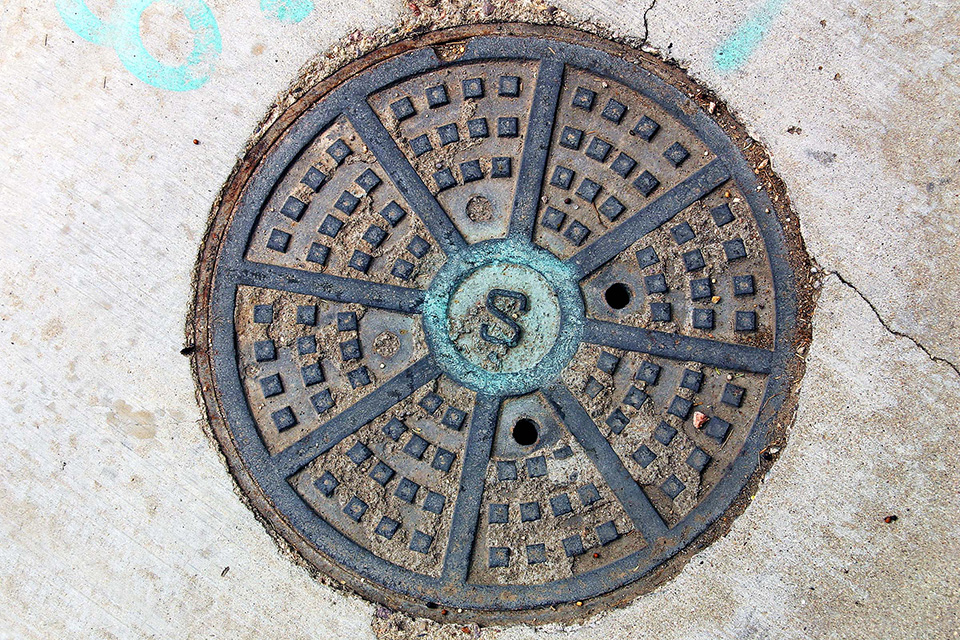If you or a loved one has been injured by a doctor or hospital, Call the Medical Malpractice Crisis Resource Line for Immediate Help >
Free Consultation. Call Now. (516) 394-4200
(516) 394-4200

In most situations, an injured worker only has one remedy, namely receiving worker’s compensation benefits from his or her employer. Under some circumstances, however, it may be possible for the worker to sue other individuals, businesses, or governmental entities whom the worker believes contributed to causing the accident.
The tradeoff is that, in workers’ compensation matters, a worker does not have to show that the employer was negligent in causing the accident, but the damages to which the worker is entitled are limited. In cases involving third parties, the worker has the potential for a larger award of damages, but he or she must show fault on the part of the defendants against whom recovery is sought.
Proceedings in the Trial Court
In the case of Barreto v. Metropolitan Transit Authority, the plaintiff was an asbestos handler who worked for a contractor that was in the business of removing asbestos. The handler’s lawsuit against the defendant transit authority and others alleged that he had been injured after falling through an uncovered manhole in Manhattan. He further alleged that the City of New York had leased the property where he fell to the transit authority.
His suit sought damages both for violations of New York Labor Law §§ 200, 240(1), and 241(6) and for common law negligence. After discovery, multiple parties, including the plaintiff, filed motions for summary judgment. The trial court dismissed the handler’s complaint, holding that the handler was the “sole proximate cause” of the accident and the resulting injuries. The Appellate Division affirmed.
On Appeal to the New York Court of Appeals
On appeal, the court held that the handler was entitled to partial summary judgment against three of the defendants on his Labor Law § 240(1) claim. These defendants did not contest on appeal that the handler was engaged in work involving an elevation-related hazard, and the handler met his burden of showing that there was an absence of an adequate safety device. Since the lower courts had incorrectly ruled that the handler was the sole proximate causes of his injuries, they did not reach the merits of his Labor Law § 241(6) claims. The court therefore reinstated such claims and remitted them to the trial court for further consideration.
The court also found that the lower appellate court was in error in holding that one of the defendants was not a “statutory agent” as a matter of law. Because of testimony that it was that defendant’s responsibility to ensure that a guard rail system was in place and that the manhole cover was replaced after the system was removed, the court found that there was a question of fact as to whether this defendant was a “statutory agent” subject to liability under Labor Law § 240(1).
As to the other two defendants, the court found that they had met their burden of showing that they did not supervise or control the handler’s work, nor did they have notice of the alleged dangerous condition or defect that caused the handler’s injuries. Accordingly, summary judgment as to those defendants was affirmed.
To Speak to an Experienced Long Island Injury Attorney
If you have been hurt on the job or had another type of personal injury accident, such as a car wreck, you need to speak to a lawyer about your rights to seek compensation for your medical expenses, lost wages, and other related losses. To schedule an appointment with an attorney knowledgeable in such matters, call Duffy & Duffy at (516) 394-4200. We represent injured people throughout New York, including Nassau County, Suffolk County, and Kings County.
Related Blog Posts
No. Our injury cases are handled on a contingent retainer. You pay nothing upfront, and we recover attorney’s fees only if your litigation is successful. We don’t bill by the hour. You don’t need to worry about running up a large attorney’s bill before you see any recovery for your injuries.
Yes. Our firm is dedicated to creating a strong relationship with our clients, beginning with keeping your information and consultation confidential.
Each case we encounter is carefully screened and evidence scrutinized to make sure the claim is meritorious and may be successful at trial. We will perform an investigation, and then our partners make a final decision on whether to take on a case.